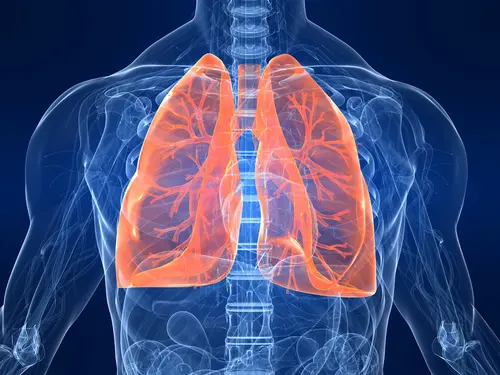This Tiny Lung-on-a-Chip Could Revolutionize How We Fight Pandemics

Imagine being able to study a human lung without using a human. That’s exactly what scientists in Kyoto have made possible with a remarkable new device: a lung-on-a-chip.
In a cutting-edge development, researchers at Kyoto University have engineered a microfluidic biochip that mimics the structure and function of the human respiratory system. The chip, roughly the size of a postage stamp, replicates how lung cells respond to viruses, drugs, and airborne threats, offering a powerful new tool to battle infectious diseases like COVID-19, SARS, and influenza.
This tiny lung substitute isn’t just for show. It's designed to recreate the air–liquid interface of real lungs, allowing researchers to observe in real-time how respiratory pathogens invade tissue, how cells mount immune responses, and how different treatments perform.
“The goal is to develop a platform that accurately mimics human lung biology, but on a chip,” explained the Kyoto team. “That means we can test antiviral drugs, vaccines, and even understand long-term effects of infection, without needing to expose human patients or rely heavily on animals.”
Respiratory infections remain one of the leading global health threats, responsible for enormous hospital burdens, economic damage, and the loss of millions of lives in just the last decade. Yet studying the lungs has always posed challenges due to the complexity of the organ and its exposure to a constantly changing environment.
This breakthrough offers a workaround. By scaling down lung function to a controllable, replicable chip, scientists can simulate pandemic scenarios in the lab, rapidly, ethically, and with unprecedented precision.
And it doesn’t stop at COVID-19. The chip has potential uses in studying air pollution, tuberculosis, vaping damage, and inhaled drug delivery, opening new doors for medical research and public health.
In the age of global pandemics and emerging respiratory threats, this micro-lung could prove to be one of science’s sharpest tools yet.